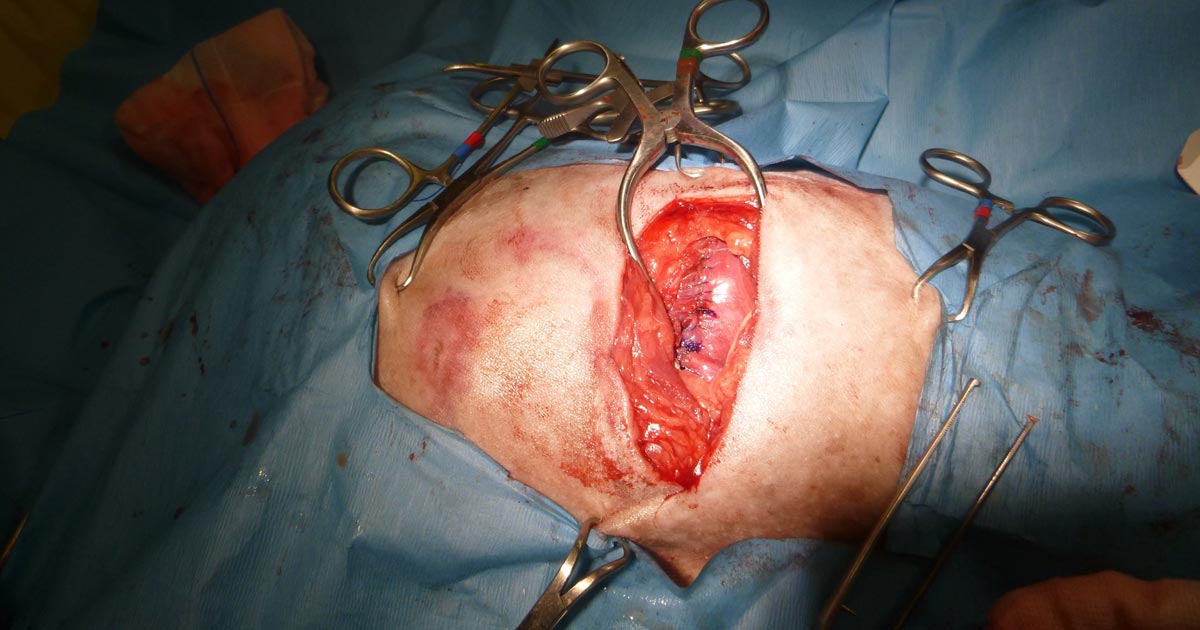Dog bite wounds are one of the most common presentations in both general and emergency practice, and can often be challenging cases.
Once you have stabilised the patient, it is time to speak to the client. Here is when you need to address the most important point: the injuries they (and you) can see are just the tip of the iceberg.
It can be helpful to draw pictures to let the owner know a small penetrative puncture wound can often be masking a horrific injury underneath. This is especially likely in cases where a big dog has attacked a small dog as the latter is often picked up and shaken around.
Recommendations
Here are some of my tips when managing a dog bite injury:
- Ask the nurse to do a very large margin of clipping. When in doubt, clip a lot more than you think you’d need to.
- Explore all wounds to their depths by dissecting the tissues until you are satisfied it does not lead any deeper or further.
- “The solution to pollution is dilution.” Lavage as much as you can and remove all visible foreign material.
- Perioperative antibiotics are always indicated.
- Drains: try to reduce dead space with tacking sutures or by closing down the wound in layers. If unable to do so completely, drains may be used. Remember, the drain should exit next to the wound, not through it.
- Pain control is very important for these patients. Poor pain control will affect healing and therefore overall outcome. Often multimodal pain control strategies are required – for example, a combined opioid and non-steroidal anti-inflammatory strategy.
- Make sure you take proper photos before, during and after surgery – especially in cases where your patient’s owner might seek compensation from the owners of the aggressor dog.

Leave a Reply